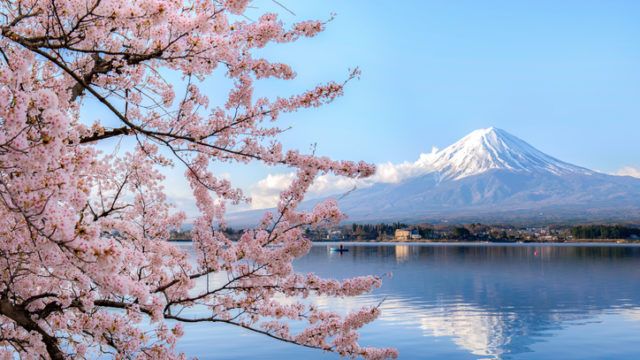Nomura Asset Management partnered with China Asset Management last month to participate in the Japan-China ETF Connect scheme, according to a statement from the Japanese firm.
FSA sought more information from Nomura AM, but the firm declined to provide additional details as the partnership is “at an early stage”, a Hong Kong-based spokesman said.
“The two companies aim to further develop the capital markets in Japan and China by enhancing opportunities for investment in both countries,” the statement said.
The partnership coincides with the Japan Exchange Group and the Shanghai Stock Exchange announcing that they have decided to establish an ETF (exchange-traded fund) connectivity that will link the ETF markets of both exchanges.
Under the scheme, a Japanese or Chinese ETF provider will have to develop a “feeder ETF” that mainly invests in a counterparty’s ETF. The ETF should have at least 90% of its AUM invested in domestic Japanese or Chinese assets.
ETF providers will also have to apply for an investment quota from China’s State Administration of Foreign Exchange (Safe), which include the qualified domestic institutional investor (QDII) for domestic Chinese firms, and the qualified foreign institutional investor (QFII) and its renminbi equivalent (RQFII) for non-Chinese firms.
The QDII scheme allows domestic Chinese fund managers to invest in offshore securities, while the QFII and RQFII schemes are channels for foreign investors to invest onshore.
Both Nomura AM and China AM are already eligible for the ETF Connect scheme. Nomura AM in Japan, for example, just received an additional $200m in QFII quotas last month, totalling $550m, according to records from Safe.
China AM has a QDII quota of $3.6bn as of the end of April, which is the second largest quota given to a domestic asset manager. The largest QDII quota holder is Sino-life Insurance, with around $4.4bn in quotas.
Passive products are gaining momentum in China. Last year, assets of ETFs in China grew 53.4% to RMB 707.6bn ($105.4bn), according to a Cerulli Associates report. Net inflows (excluding money market ETFs) amounted to RMB 190.2bn, which is the highest in the past seven years.
Besides the ETF Connect, Nomura AM has already established a qualified domestic limited partnership (QDLP) business in China. The QDLP licence, which the firm obtained in August, allows foreign firms to raise domestic money to invest in offshore securities.
In November, the firm registered its first QDLP product, the Nomura Japan High Conviction Overseas Private Fund, which is a Japan-focused equity fund. It is also the first Japanese equities product under the QDLP programme.
Japanese firms have been active
Separately, a number of other Japanese firms also received additional QFII quotas last month, including Asset Management One, Mitsubishi UFJ Kokusai Asset Management and Nikko Asset Management.
Under the RQFII scheme, Sumitomo Mitsui Banking Corporation (SMBC) is so far the only Japanese firm to be a quota holder, which was given in December. China extended its RQFII scheme to Japan in March last year and granted the country a total of RMB 200bn ($29.4bn) in quotas.

















